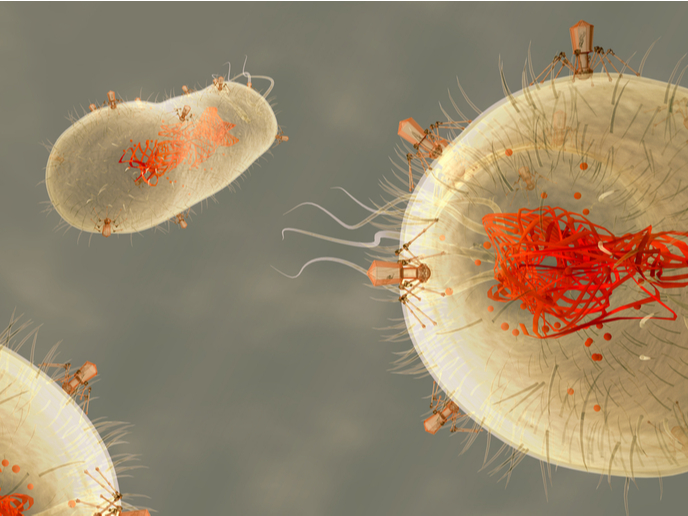Elucidating early bone formation
Scientists have proven that bones, tendons and ligaments are formed due to programmed differentiation of cells called chondrocytes during embryonic development. BMPs are responsible for initiating so-called chondrogenesis through SMAD-dependent and p38 MAPK-dependent pathways. Until recently, scientists were unable to determine the importance of SMAD4 in chondrogenic differentiation or pinpoint its function. To elucidate its role and understand the early bone formation process, they initiated the SMAD4 LIMB SKELETON project. The mouse limb model proved particularly useful for these studies. Scientists inactivated Smad4 in some mouse embryos and studied differences in chondrogenesis. Comparison revealed that SMAD4 is critical for onset of chondrogenic differentiation in limb buds and regulation of actin cytoskeletal dynamics. In Smad4-deficient limb buds, researchers observed disruption in formation of Sox9-positive digit primordia and limb skeletal elements. They also noted a lack of collagen type II expression where collagen type II is a marker for chondrogenic differentiation. Other critical factors such as cadherin complexes, Gremlin1 protein and Semaphorin ligands that are also affected as a result of Smad4 deficiency were also identified. Researchers successfully isolated and characterised a population of mesenchymal stromal cells (MSCs)/progenitor cells from the adult mouse bone marrow. Ongoing research studies funded via a Sinergia(opens in new window) network grant are comparing similarities and differences in chondrogenic differentiation between these adult MSCs and limb bud mesenchymal cells. Study outcomes should reveal the differences in bone and cartilage developmental processes. Project activities have provided novel insight into the factors driving bone and cartilage formation during embryonic development. Such knowledge could prove particularly useful in developing innovative bone and cartilage replacements. The ultimate beneficiaries would be the progressively ageing populations who will eventually need treatments for fractures such as hip or knee replacements.







